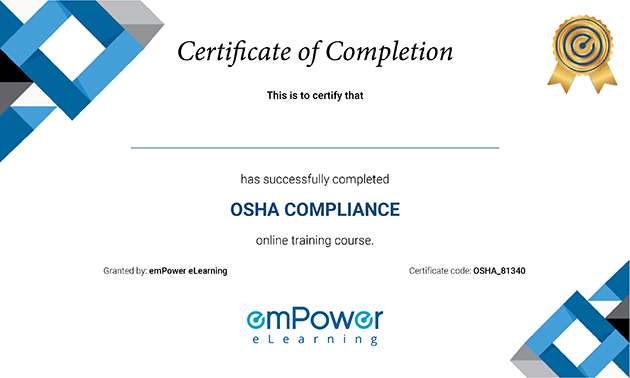Complete Health & Safety Audit Training Courses
Health and safety audit training courses to help you understand safety audits, and how to plan and conduct audits.

Our Client

































What is Safety audit
Taking health and safety audit training helps build awareness about safety audits. The training can also help you prepare, plan and conduct safety audits. As you go through the training, we’ll help you recognize the importance of safety audits. We’ll also help you understand the value of safety audit programs for your facility.
First, we’ll see why safety audits are so important. Safety audits play an important role in creating a safe workplace and protecting patients. Then, we’ll look at different types of safety audits. After this brief introduction, we’ll audit healthcare facilities’ safety and health management systems.
The health and safety audit training course will help you learn about the guidelines for conducting safety audits. Then, you’ll learn about the patient safety audit system (PSAS). Lastly, you’ll learn about safety audit reports, including how to formulate recommendations for corrective actions and conduct follow-ups.
Course Description
| Category | OSHA |
| Course Name | Safety Audit |
| Duration | 30 mins |
| Certificate Included | Yes |
| Languages | English |
| Course Type | Interactive online training |
| Narration | Yes |
| Format | LM-light, SCORM 1.2 |
| Supported Devices | Desktop/Laptop, Tablet, Phone |
| Last Updated | June 30, 2021 |
What you’ll learn
- What’s the importance of safety audits?
- What are the objectives of a safety audit?
- How to plan and conduct a safety audit
- How to inspect work areas and work practices
- How to formulate recommendations for corrective action recommendations
Curriculum
- Objective and goal of the safety audits training
- Flow of the safety audits training
- What is an audit?
- What is a safety audit?
- Importance of safety audits
- Safety audits and their types
- Continuous safety audits
- How to deal with formal safety audits
- Workplace safety programs
- What is HCF?
- More about hazardous waste
- Health and safety management
- Guidelines for safety audits
- Why you need a health and safety policies
- How to organize your staff on health and safety
- How to plan and set your safety standards
- How to measure your health and safety performance
- Learn from experience – audit and review
- Patient Safety – Safety Audits
- Safety audit reports
- SAR – Recording hazards
- SAR – Should specify
- SAR – Corrective actions
- What you need to add to your safety audit reports
Who Should Attend?
- Managers, supervisors, and general employees
Why emPower
100s of customers
- 14+ Years of experience in working with small to large businesses from different industries
- 95% customer retention
Customer Experience
- 24x7 dedicated support and toll free number
- 99%+ guaranteed uptime
Extremely Cost-effective
- As low as $0.99/user/yr
- We will match or better the price of your current LMS
Effective Courses
- Each course is 20-40 min long to ensure engagement with quizzes and certificate
- SCORM 1.2 Compliant
Implementation
- No setup costs
- We deploy your customized solution in less than 48 hours
Our Achievements
Here you can review some statistics about our Education Center
Start Your Certification Course Today
For every business, it’s critical to ensure that certain records are kept safe for a certain period of time. This time period is dictated by state or federal regulations, or for day to day business reasons. Similarly, documents with critical information need to be destroyed properly to protect the content of the document.
State and federal regulations dictate the time period for which you need to keep a document. Similarly, you might need to keep certain documents safe for business reasons. As you go through the information retention and destruction training, you’ll learn how to keep these documents safe.
Refer to your data retention policy to understand how to handle your documents. Every document, where it’s in paper or digital format, needs to be retained for a certain period of time. Also, how you store the document is also important. You’ll find all of the information in your data retention policy.
When creating your data retention policy, ensure that you cover the following topics.
- What type of information should be retained?
- Why do you need to retain a particular form of information?
- How long should a piece of information be retained?
- How and where to retain information?

